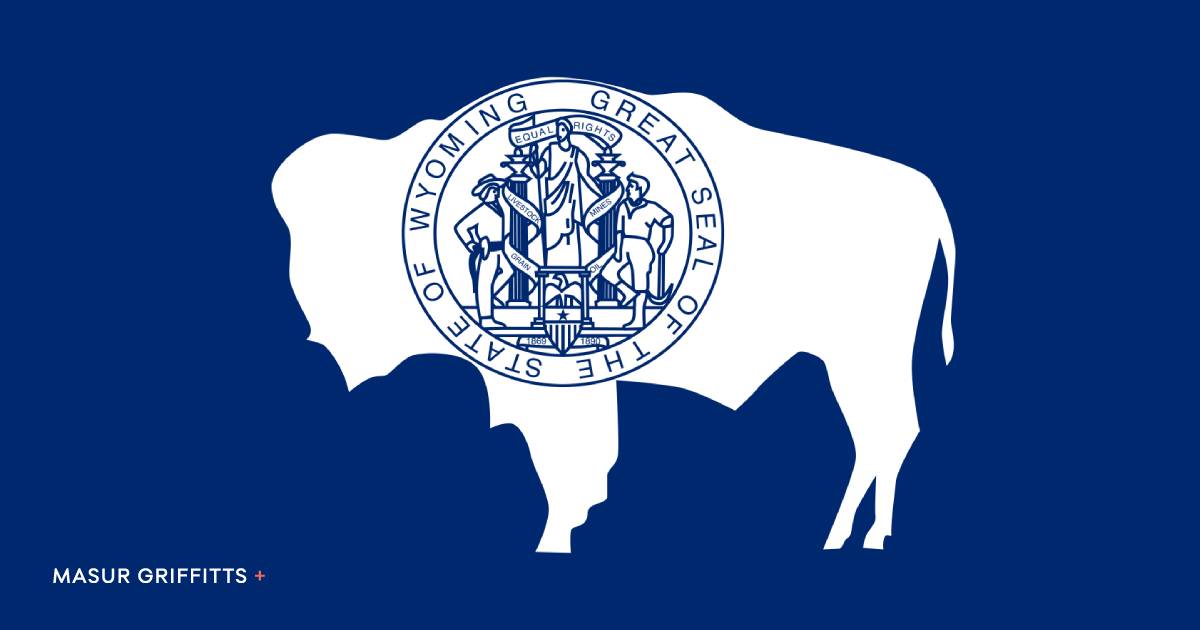SEC Regulation A+ Recent Update
By: Jon Avidor, Jason Gershenson and Danika Johnson
Prior to the 1929 stock market crash, companies and retail investors could freely exchange stock and other securities due to minimal regulation. In the wake of the 1929 crash and resulting Great Depression, the Securities and Exchange Commission (“SEC”) was created to protect retail investors by limiting their investment choices to less sophisticated products, and by requiring companies to follow specific rules and regulations in order to be eligible to sell securities to retail investors. These new protections made it more difficult for smaller companies to raise enough funds to sell its securities publicly in an initial public offering (“IPO”) or privately among retail investors that did not meet the new SEC classification of “accredited investor”. The new SEC rules distinguished accredited investors as financially sophisticated, thus having a reduced need for the protection provided by regulatory disclosure filings. Today, the two most commonly cited criteria to determine whether an individual investor is “accredited” are an individual’s net worth of at least $1 million or an individual’s income of at least $200,000 for each of the past two calendar years. On the other hand, a non-accredited investor does not meet SEC accredited investor requirements.
In 2015, the JOBS Act opened up opportunities for non-accredited investors and small companies. It included Title IV, or Regulation A (informally, Regulation A+), creating a “mini-IPO” for small-capitalization U.S. and Canadian companies that want to raise capital and for investors looking for new access to pre-IPO investment deals. Regulation A+ creates two tiers of offerings: Tier 1 for offerings up to $20 million in a 12-month period and Tier 2 for offerings up to $50 million in a 12-month period. For offerings up to $20 million, companies can elect to fall under either Tier 1 or Tier 2. Tier 1 offerings must adhere to state blue sky laws and qualification requirements. Tier 2 offerings are more stringent, requiring a company to provide audited financial statements, ongoing financial reporting, and other updates to ensure a continuous flow of information to investors and markets.
Under Regulation A, the investment capital creates a new class of stock that may be eligible for exchange on a secondary market. Since the inception of Regulation A, $9.095 billion were sought across 382 offerings qualified by the SEC. Specifically, $859 million were sought across 105 Tier 1 offerings and $8.336 billion were sought across 277 Tier 2 offerings. It is reported that 183 issuers have raised $2.446 billion, which is $230 million under Tier 1 and $2.216 billion under Tier 2. The SEC attributes the popularity of Tier 2 to the federal preemption of state blue sky laws, making it easier to follow a single set of rules. Additionally, the SEC reports that issuances of securities by companies in the real estate industry accounted for the largest share of proceeds reportedly raise in Regulation A offerings, an estimated 69% of reported proceeds in ongoing and completed offerings. Furthermore, in 2017, the SEC began to allow reporting companies to raise capital through an online offer.
Since June 2019, The SEC has collected various comments from individuals and organizations regarding the Concept Release on Harmonization of Security Exemptions. Commenters indicate that they are interested in an expansion of the regulation, requesting the extension of Regulation A eligibility to issuers organized and with a principal place of business outside the U.S. or Canada, to business development companies, and to investment companies advised by registered investment advisers. Additionally, commenters requested that Regulation A ensures inclusion of evolving financial products, such as certain digital securities that are not strictly equity, debt, or convertible debt.









